While 3D modeling your parts, it’s essential to remember about the factors that will influence the final size of your 3D prints. Those factors depend on the 3D printing tolerances of the Additive Manufacturing technology you use.
In this article, we will go over the 3D printing technologies we offer here at Sculpteo to make sure you will get the right size and dimensional accuracy of your fully functional 3D printed parts. Learn more now!
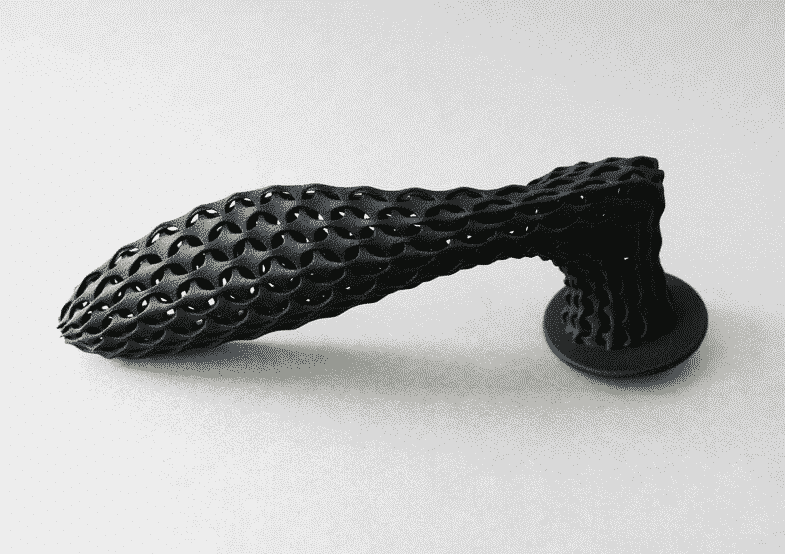
What are 3D printing tolerances?
Has it happened to you that your 3D printed part was not 100% accurate to the 3D model on your computer? Respecting the tolerances during the design process is essential for your 3D printed parts to be accurate. Different 3D printing tolerances depend on various factors: the limitations of the bed of the 3D printer, the size of the 3D printer, the restrictions of the printing materials. Let’s see what actually are the 3D printing tolerances.
- Tolerances in 3D printing
the allowable amount of different quantities. - Layer Thickness
explained in µm (micrometer) is the thickness of each layer laid by the 3D printer. As a reference: an average single hair is 20-100 µm thick. - Wall Thickness
a minimum thickness of the wall that your 3D model must have to be properly printed, usually indicated in millimeters. - Detail
the height or depth of the details, explained in millimeters. - Clearance
spacing between two parts, presented in millimeters - Size
maximum size of your 3D model. It is limited by the 3D printer and indicated in millimeters or inches - Shrinkage
a process of the 3D model shrinking due to the heat or walls being too thin. As a result, your 3D print will be smaller. Shrinkage amount is explained in percentage - Accuracy
an indicator of the precision of your 3D model and the 3D print you will receive, it’s commonly indicated with a percentage which is the difference that there can be between your 3D model and your final 3D object
It’s very important to keep the design tolerances in mind when designing your model for 3D printing to avoid any problems during the process.
If your object’s walls are too thin, shrinkage may occur or the object will collapse.
3D printing allows for integrating two objects reducing the assembly time, but not respecting the minimum clearance will resolve in the meltdown of the two separated parts.
Sometimes your part might come out of the printer in the wrong size because the shrinkage amount was not taken into consideration before uploading the design.
How to design models for 3D printing with the correct tolerances?
We have a wide range of 7 Additive Manufacturing methods. Each of the technologies has its own tolerance restrictions due to the material it uses as well as the 3D printer.
To help you understand which of the technologies will meet your production needs we listed them all for you with a short summary of the manufacturing process, which industry the technology will suit best and a clear table presenting to you all the 3D printing tolerances.
Selective Laser Sintering SLS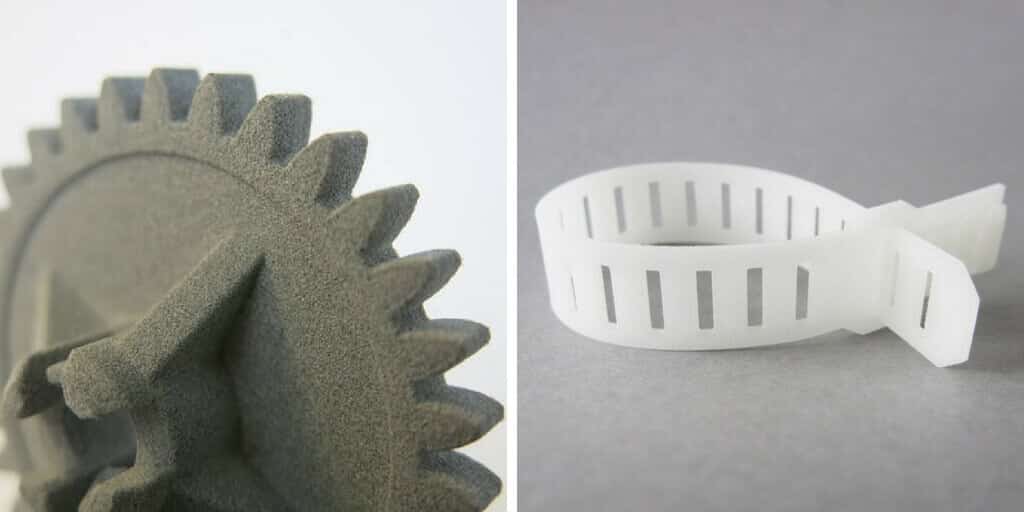
SLS (Selective Laser Sintering) is a plastic 3D printing method. It creates your parts layer by layer by sintering fine polymer powder and fusing them together locally. Polyamide needs to be sintered at a temperature of 160°C to 200°C, which means shorter cooling time and that speeds up the production process.
The SLS process is highly beneficial for those who need to produce their plastic parts for low-volume production by eliminating time-consuming tooling, as well as for prototyping and simulation. It also allows for a high degree of design freedom to create complicated and highly detailed designs. With Selective Laser Sintering (SLS), it’s also possible to get thin-walled objects and intricate geometries.
SLS functional parts are used for drones, robotics, special machinery, jewelry and watches, IoT devices, sport equipment, footwear, orthopedic technology, education or medical devices. Selective Laser Sintering (SLS) is a good technology to create architectural models and detailed concept models at a fair cost.
| SLS 3D Printing Tolerances | |
| Standard Layer Thickness | 100- 150 µm |
| High Definition Layer Thickness | 60 µm |
| Minimum Wall Thickness | 0.8- 2.5 mm |
| Minimum Detail | 0.3- 1 mm |
| Minimum Clearance | 0.5 mm |
| Maximum Raw Size | Length: 240- 675 mm Width: 190- 366 mm Height: 315- 545 mm |
| Shrinkage | 2- 3% |
| Accuracy | ± 0.3- 0.5% (with a limit of ± 0.3- 0.5 mm) |
PolyJet
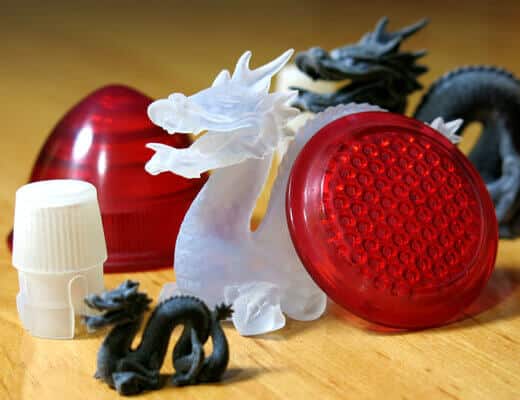
PolyJet is a 3D printing technology using resins to create your parts. PolyJet 3D Printing works similarly to inkjet printing, but instead of jetting drops of ink onto paper, the 3D printer jets layers of curable liquid photopolymer onto a build tray. The process of fine layer polymerization is repeated until the object is finished.
Your parts 3D printed with the Polyjet 3D printing process can be used for both prototyping and functional parts. Out of all of our 3D printing technologies, PolyJet has the smallest standard layer thickness tolerance which means you can create very detailed parts.
With this 3D technology, the objects will have a smooth surface and a high level of details which makes the PolyJet technology highly beneficial for those who need to produce parts with dimensional accuracy.
PolyJet is used by automotive, electronics, consumer goods, medical development, and clothing manufacturers, as well as for creating 3D models for use in movies such as Coraline.
| PolyJet 3D Printing Tolerances | |
| Standard Layer Thickness | 28 µm |
| Minimum Wall Thickness | 2 mm |
| Minimum Detail | 0.2 mm |
| Minimum Clearance | 0.4 mm |
| Maximum Raw Size | 203 x 254 x 251 mm |
| Accuracy | ± 0.3% (with a limit of ± 0.3 mm) |
ColorJet

Composite Multicolor is the only one out of all printing materials which can be used to 3D print in full color. This makes it the perfect material for figurines, avatars, 3D-scans, or anything that requires full color. The material is fragile as porcelain, so it is important to keep that in mind when designing your 3D models.
The objects can handle temperatures of up to 60°C (140°F). Exposing your object to temperatures higher than that will have a negative effect on its stability. Water contact should also be avoided: any contact with water has the ability to have an effect on the object.
| ColorJet 3D Printing Tolerances | |
| Standard Layer Thickness | 100 µm |
| Minimum Wall Thickness | 2 mm |
| Minimum Detail | 0.4 mm |
| Minimum Clearance | Doesn’t apply |
| Maximum Raw Size | 254 x 381 x 203 mm |
| Shrinkage | Doesn’t apply |
Selective Laser Melting (SLM)
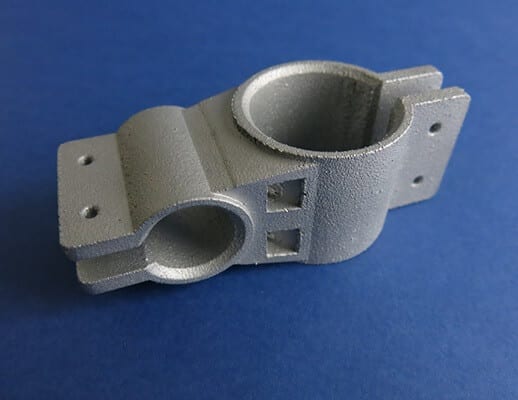
SLM (Selective Laser Melting) is an Additive Manufacturing method specially developed for 3D Printing metal alloys. It creates 3D designs additively by fusing metal powder particles together in a full melting process.
Your metal part will be created layer by layer, according to your 3D model. SLM fully melts the powder, and therefore it needs to reach a higher temperature, which requires longer cooling time.
Selective Laser Melting (SLM) will provide you with prototyping or functional parts quickly. It also allows creating complicated and detailed designs that wouldn’t be possible with any other technology, due to the limitations of the traditional manufacturing processes.
For example, SLM enables to integrate multiple components into a single object, thus reducing the costs and delays of assembly. Thanks to the material’s 3D printing tolerances SLM technology is great for mechanical components.
With SLM the minimum wall thickness tolerance is only 0.5 mm, which allows for the creation of thin-walled objects and intricate geometries in order to create lightweight designs.
| Selective Laser Melting (SLM) 3D Printing Tolerances | |
| Standard Layer Thickness | 150 µm |
| Minimum Wall Thickness | 0.5 mm |
| Minimum Detail | 1 mm |
| Minimum Clearance | Doesn’t apply |
| Maximum Raw Size | 325 x 250 x 250 mm |
| Shrinkage | Shrinkage may occur |
| Accuracy | ± 0.1 mm |
Direct Metal Laser Sintering (DMLS)

DMLS (Direct Metal Laser Sintering) is a metal 3D printing technology. It works just like SLM: it creates parts additively by sintering fine metal powder particles, to fuse them together locally.
The only difference is the sintering temperature. DMLS doesn’t fully melt the powder, the main consequence of that is shorter cooling time needed after the 3D printing process is completed.
The properties of your object will be similar to printed with Selective Laser Melting (SLM), but DMLS will provide you with a higher level of details as the layer thickness tolerance is 3 times smaller than with SLM.
| Direct Metal Laser Sintering (DMLS) 3D Printing Tolerances | |
| Standard Layer Thickness | 30- 40 µm |
| Minimum Wall Thickness | 2 mm |
| Minimum Detail | 1 mm |
| Minimum Clearance | Doesn’t apply |
| Maximum Raw Size | 325 x 250 x 250 mm |
| Shrinkage | Shrinkage may occur |
| Accuracy | ± 0.2 mm |
Binder Jetting
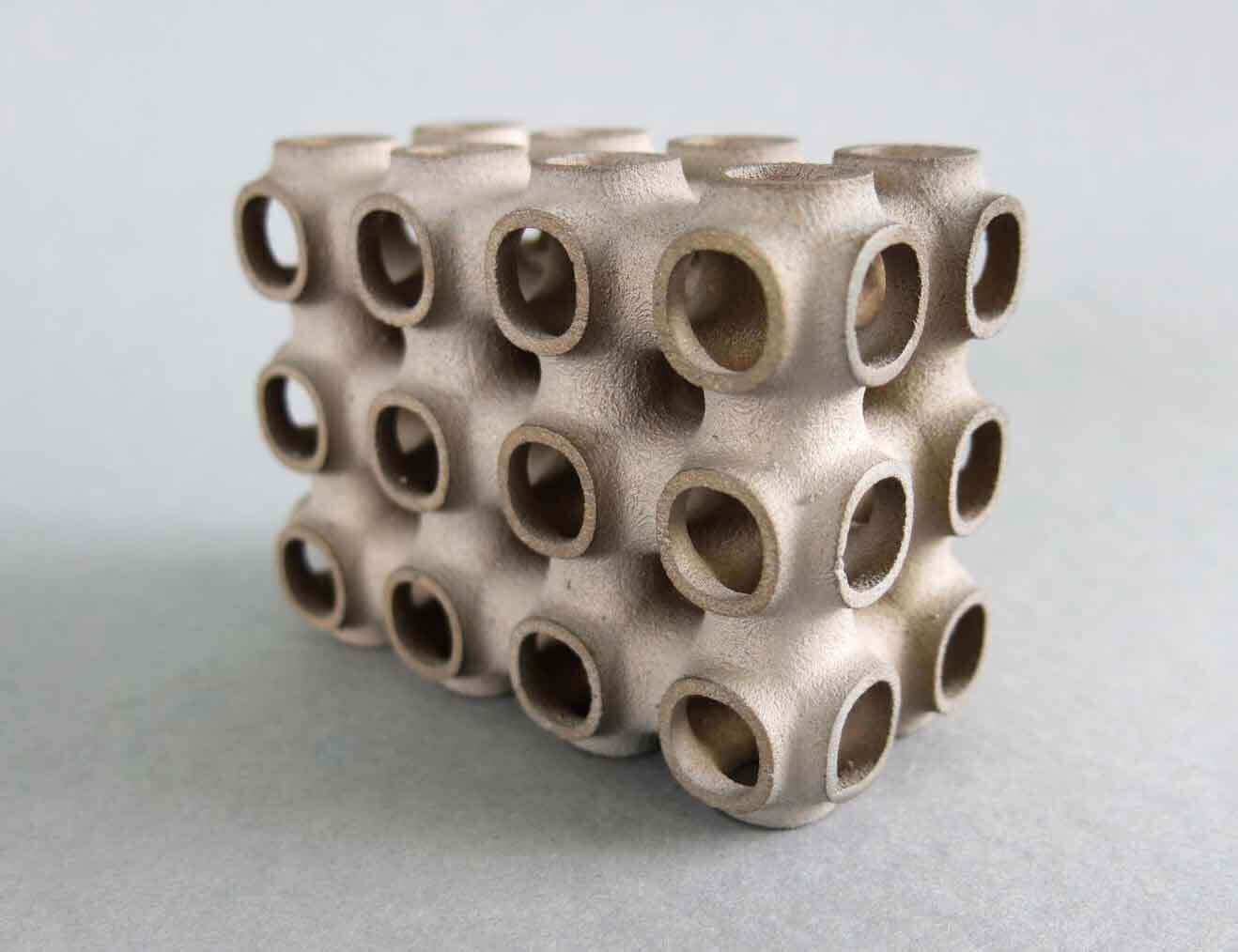
The metal Binder Jetting process is producing your parts layer by layer thanks to a binding agent.
It perfectly fits prototyping needs, ornamental and decorative objects or jewelry as it’s also suitable for very small parts.
The main benefits of the metal binder jetting technology are the high customization possibilities and fast production time.
| Binder Jetting Tolerances | |
| Standard Layer Thickness | 100 µm |
| Minimum Wall Thickness | 1.1- 3.2 mm |
| Minimum Detail | 0.8 mm |
| Minimum Clearance | Doesn’t apply |
| Maximum Raw Size | Height: 120- 400 mm Width: 50- 250 mm Length: 50- 250 mm |
| Shrinkage | ± 2- 3 % |
| Accuracy | No info |
Lost-Wax Casting
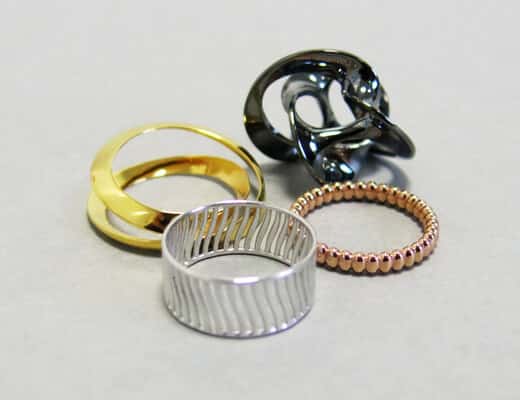
Lost-wax Casting combines 3D printing technologies with traditional methods of manufacturing. It can be used to create multiple models from a first master model that will be used as a reference.
The master model typically built in wax thanks to 3D printing is the perfect replica of the finished product. Once the master model is created, a mold made in plaster is poured over it. Once the plaster mold is ready, liquid metal is injected into the mold to replace wax which is drain away through a treelike structure to create the object.
Do you remember that single hair can be about 20µm thin? Thanks to very small Layer Thickness tolerance (25 µm) Lost-wax casting offers a good solution to create parts with good quality and fair complexity.
The main advantage of this process consists in the production of parts with sharp angles and a very smooth surface finishes and that’s a result of very fine minimum detail tolerance.
Lost-wax casting is principally used to create jewelry but can also be used for other small ornamental parts.
| Lost- Wax Casting 3D Printing Tolerances | |
| Standard Layer Thickness | 25 µm |
| Minimum Wall Thickness | 0.8 mm |
| Minimum Detail | 0.3- 0.4 mm |
| Minimum Clearance | 0.3 mm |
| Maximum Raw Size | Height: 100- 120 mm Width: 80- 88 mm Length: 60- 88 mm |
| Shrinkage | ± 2- 3 % |
Keep the 3D printing tolerances in mind
Additive Manufacturing can improve your production no matter the industry you work in. From 3D printed tires, surgical instruments, food-safe tableware to airplanes parts. Discover the perfect use for 3D printing in your production process which will result in faster manufacturing at a lower cost.
To make the best of Additive Manufacturing methods keep in mind the design tolerances. It’s essential for you to remember about the size and dimensions restrictions depending on the 3D technology you use. Don’t forget about different thicknesses tolerances to assure your 3D printed parts will come out ready to use without any issues.